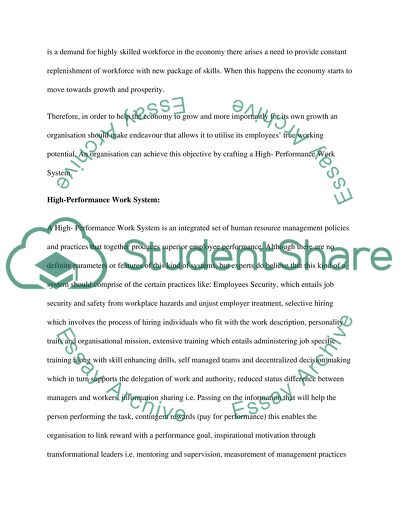Cite this document
(Contribution of High Performance Working towards Greater Skills Term Paper, n.d.)
Contribution of High Performance Working towards Greater Skills Term Paper. Retrieved from https://studentshare.org/human-resources/1446117-analyse-the-extent-to-which-high-performance
Contribution of High Performance Working towards Greater Skills Term Paper. Retrieved from https://studentshare.org/human-resources/1446117-analyse-the-extent-to-which-high-performance
(Contribution of High Performance Working towards Greater Skills Term Paper)
Contribution of High Performance Working towards Greater Skills Term Paper. https://studentshare.org/human-resources/1446117-analyse-the-extent-to-which-high-performance.
Contribution of High Performance Working towards Greater Skills Term Paper. https://studentshare.org/human-resources/1446117-analyse-the-extent-to-which-high-performance.
“Contribution of High Performance Working towards Greater Skills Term Paper”, n.d. https://studentshare.org/human-resources/1446117-analyse-the-extent-to-which-high-performance.


